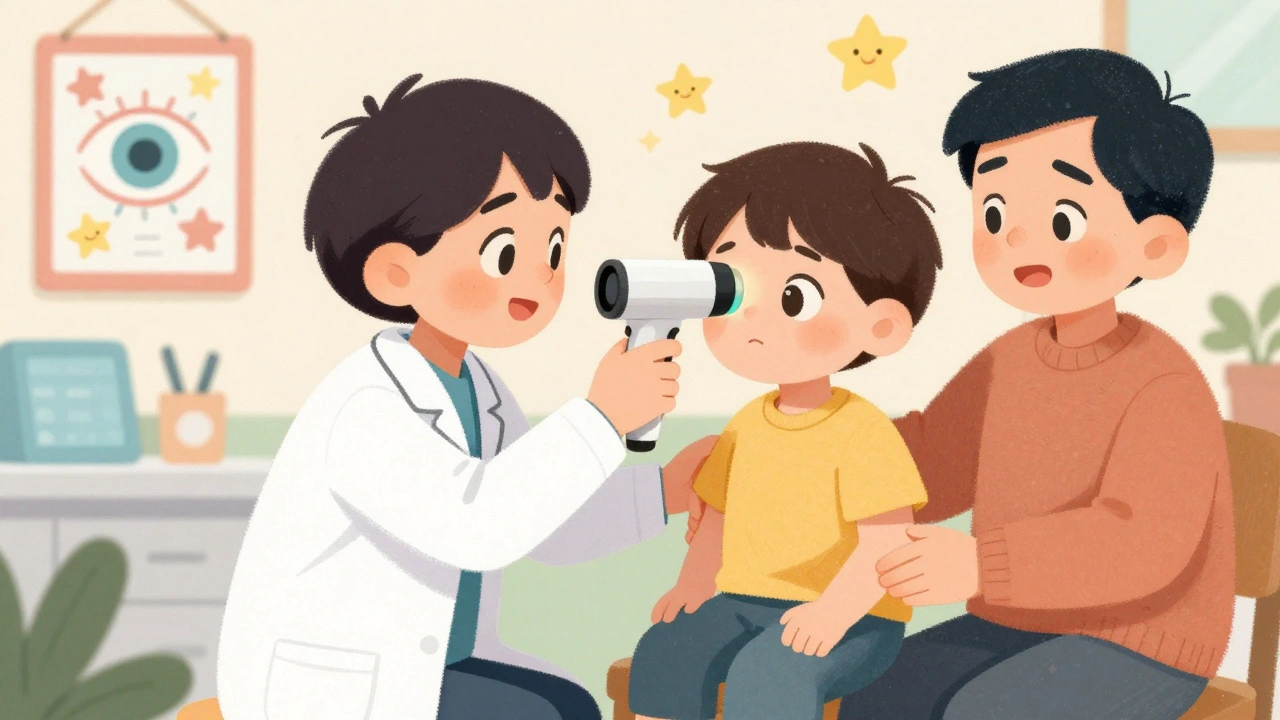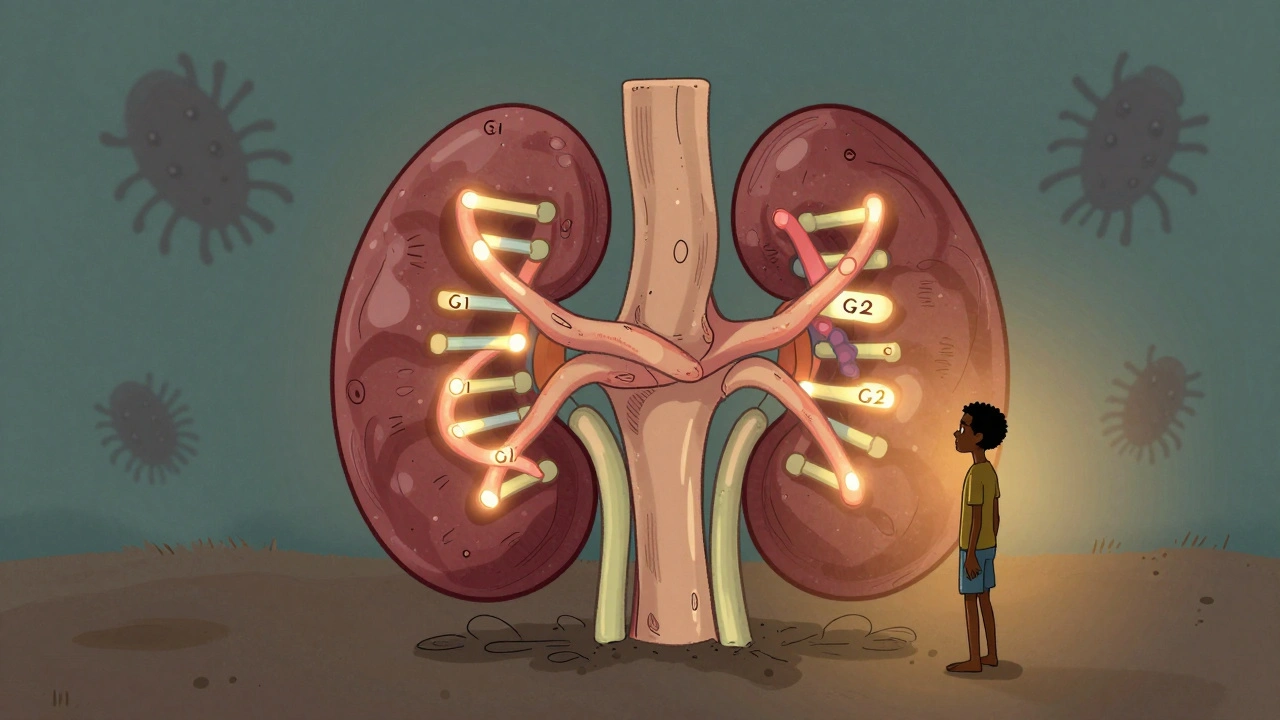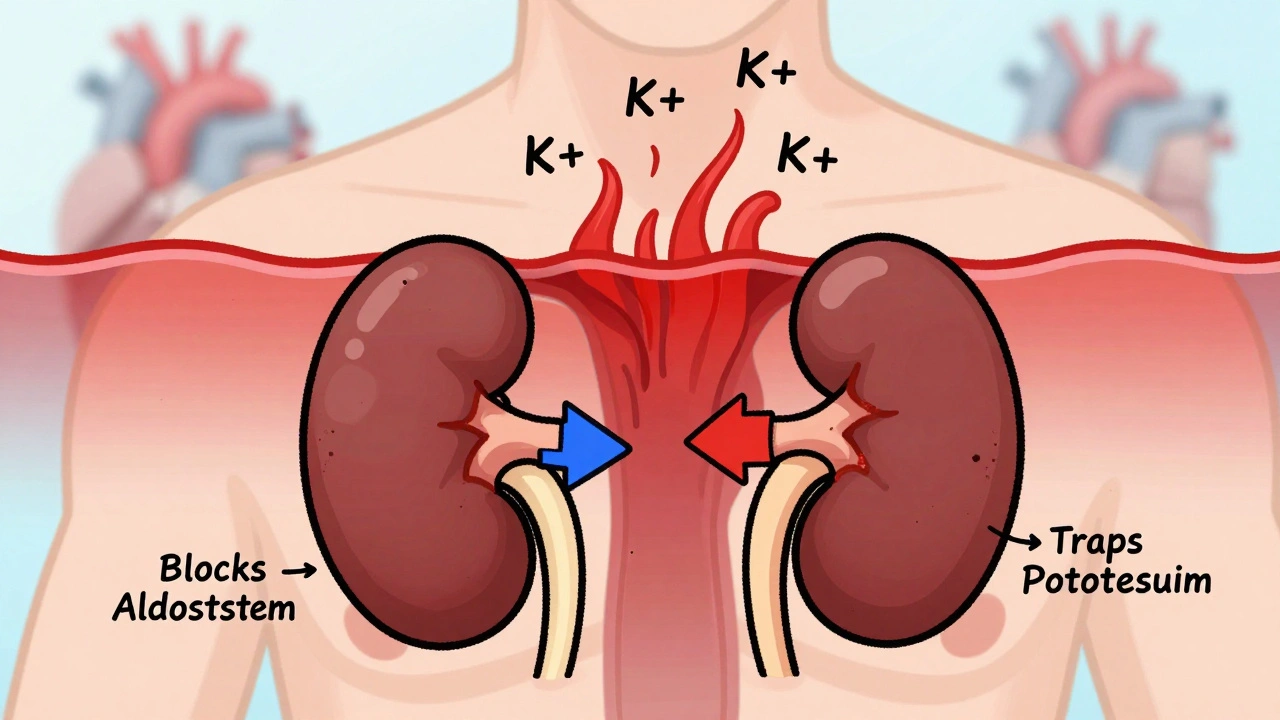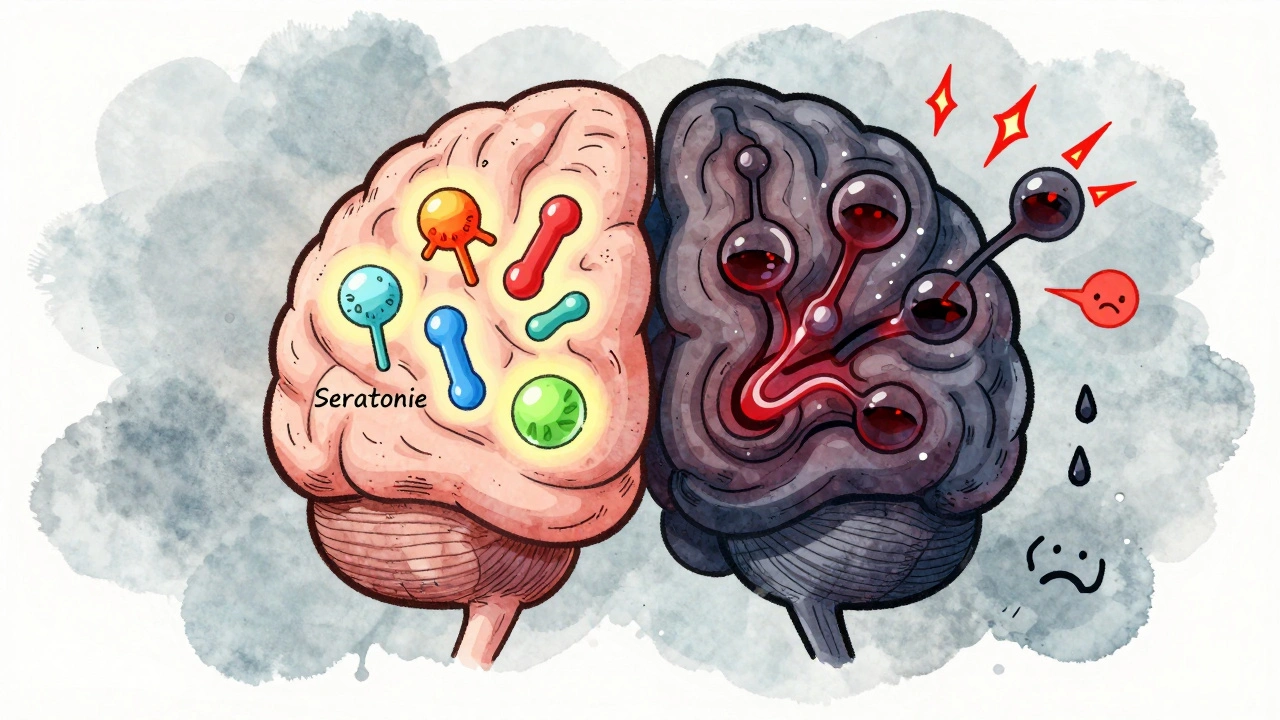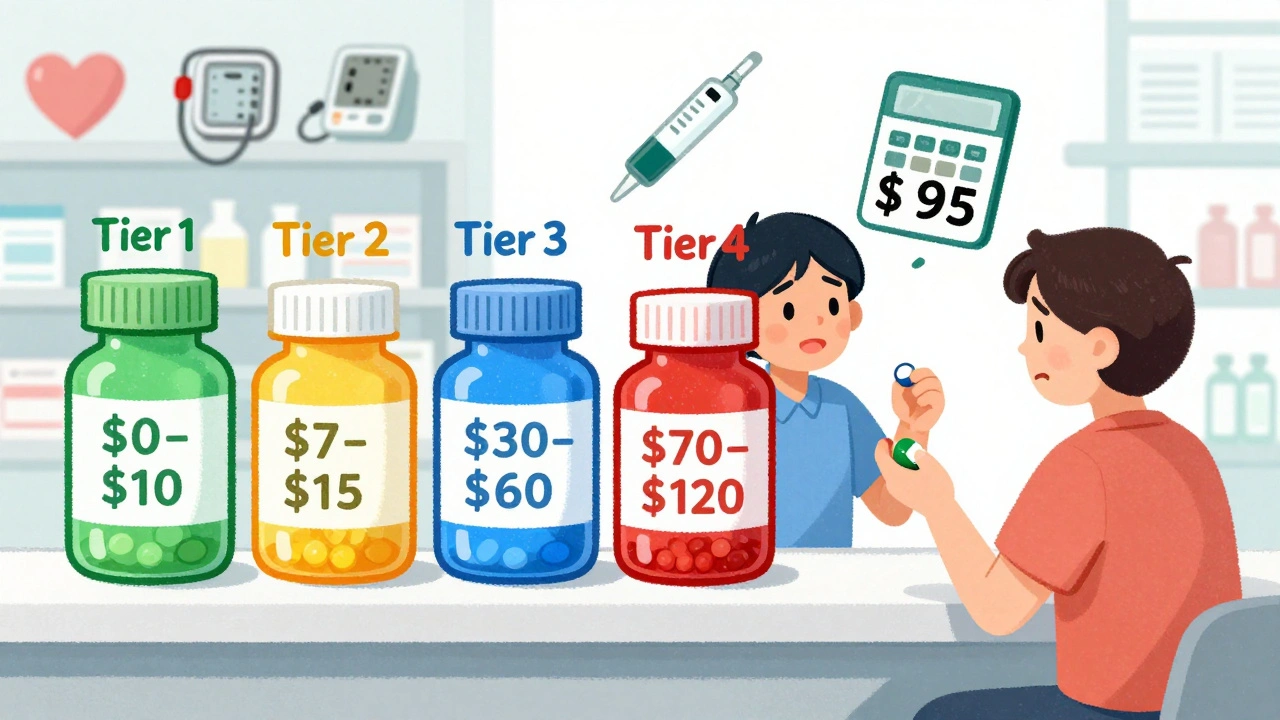Venous Insufficiency: What It Is, Why It Happens, and How to Treat It
When dealing with venous insufficiency, a condition where leg veins struggle to return blood to the heart. Also known as chronic venous disease, it can cause swelling, aching, and skin discoloration that affect daily life.
Key Factors and Common Connections
One of the most visible signs is varicose veins, enlarged, twisted veins that often appear on the calves or thighs. These veins are both a symptom and a driver of venous insufficiency because the damaged valves let blood pool, increasing pressure on surrounding vessels. People with a family history, prolonged standing jobs, or obesity are more likely to develop varicose veins, which in turn speeds up the insufficiency cycle.
Managing the pressure buildup usually starts with compression therapy, the use of specially fitted stockings that apply graded pressure to the leg. The graduated pressure encourages blood flow upward, reduces swelling, and can even prevent new vein damage. Modern compression garments come in various strengths, so a healthcare professional can match the right level to the severity of the insufficiency.
Accurate diagnosis relies on duplex ultrasound, a non‑invasive imaging test that visualizes vein structure and measures blood flow. This tool pinpoints faulty valves, maps reflux patterns, and helps doctors decide whether surgery, laser ablation, or conservative measures are needed. Because the test is quick and painless, it’s become the standard for confirming venous insufficiency and monitoring treatment progress.
When the condition advances, patients may develop a venous ulcer, a chronic wound that forms near the ankle as a result of prolonged high pressure and poor skin nutrition. Ulcers are painful, slow to heal, and raise the risk of infection. Effective ulcer care combines compression, wound dressings, and sometimes skin grafts, all aimed at restoring circulation and supporting tissue repair.
Beyond the medical interventions, lifestyle tweaks play a big role. Elevating the legs, staying active with walking or low‑impact exercises, and maintaining a healthy weight all reduce venous pressure. Hydration, proper footwear, and avoiding tight clothing further protect vein health. When these habits are paired with professional treatment, many people see a marked improvement in pain, swelling, and skin appearance.
Below you’ll find a curated collection of articles that dive deeper into each of these topics – from how compression stockings work to the latest minimally invasive procedures for varicose veins. Whether you’re looking for quick relief or long‑term management strategies, the resources here will give you practical, evidence‑based guidance.

Long-Term Effects of DVT on Your Health: Risks, Recovery & Prevention
Explore how deep vein thrombosis can affect your body years after the clot, from post‑thrombotic syndrome to pulmonary risks, and learn practical ways to manage and prevent complications.

